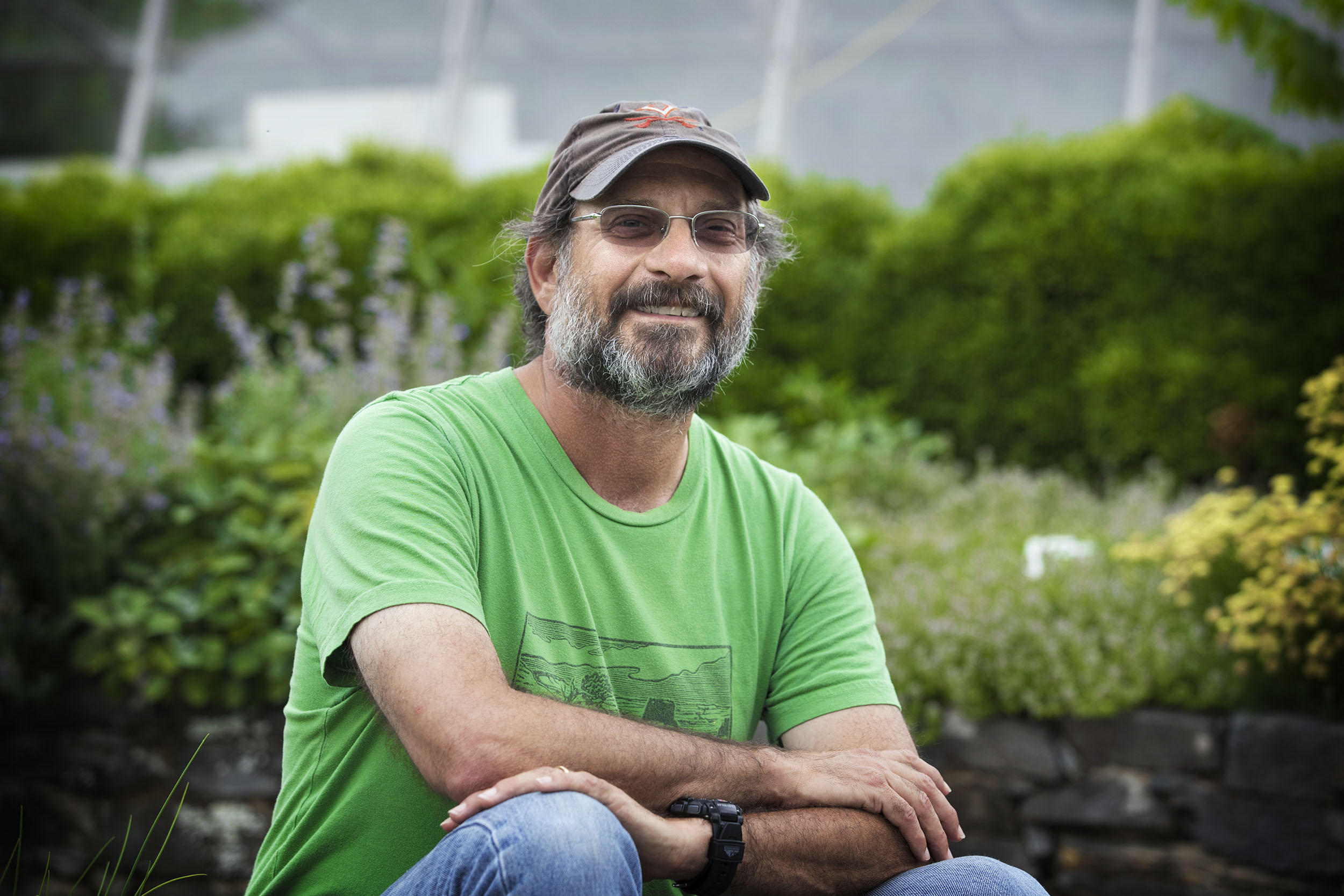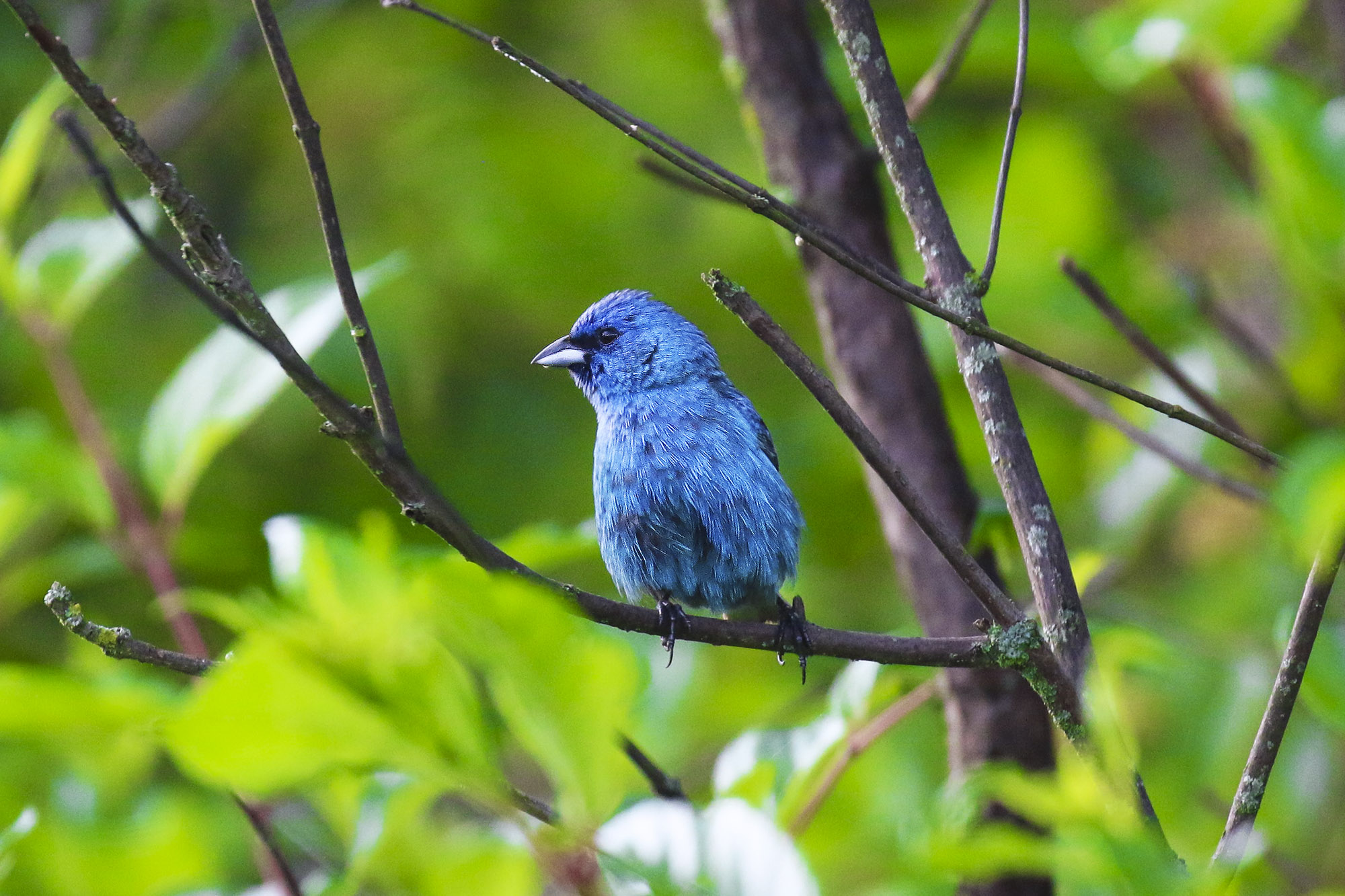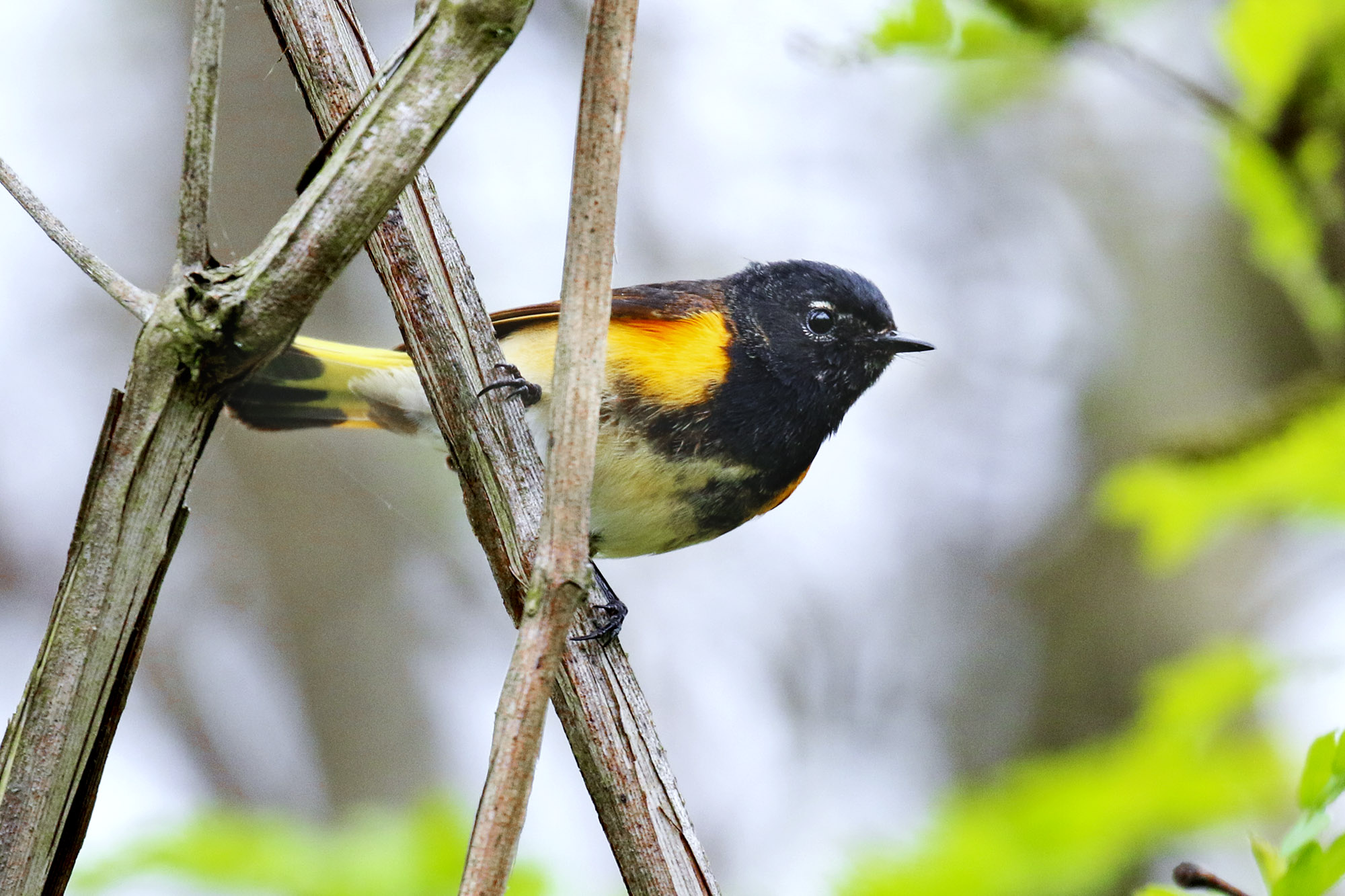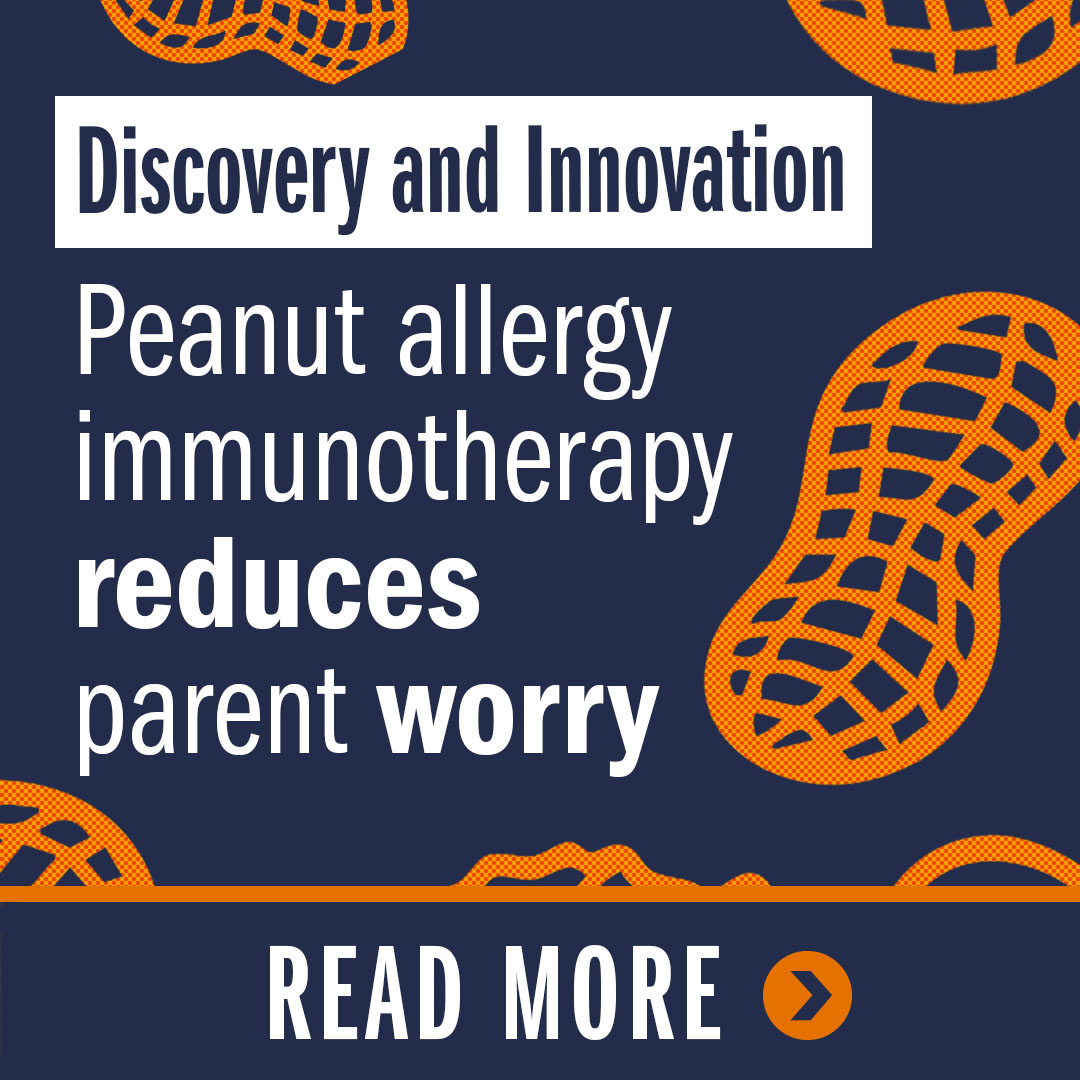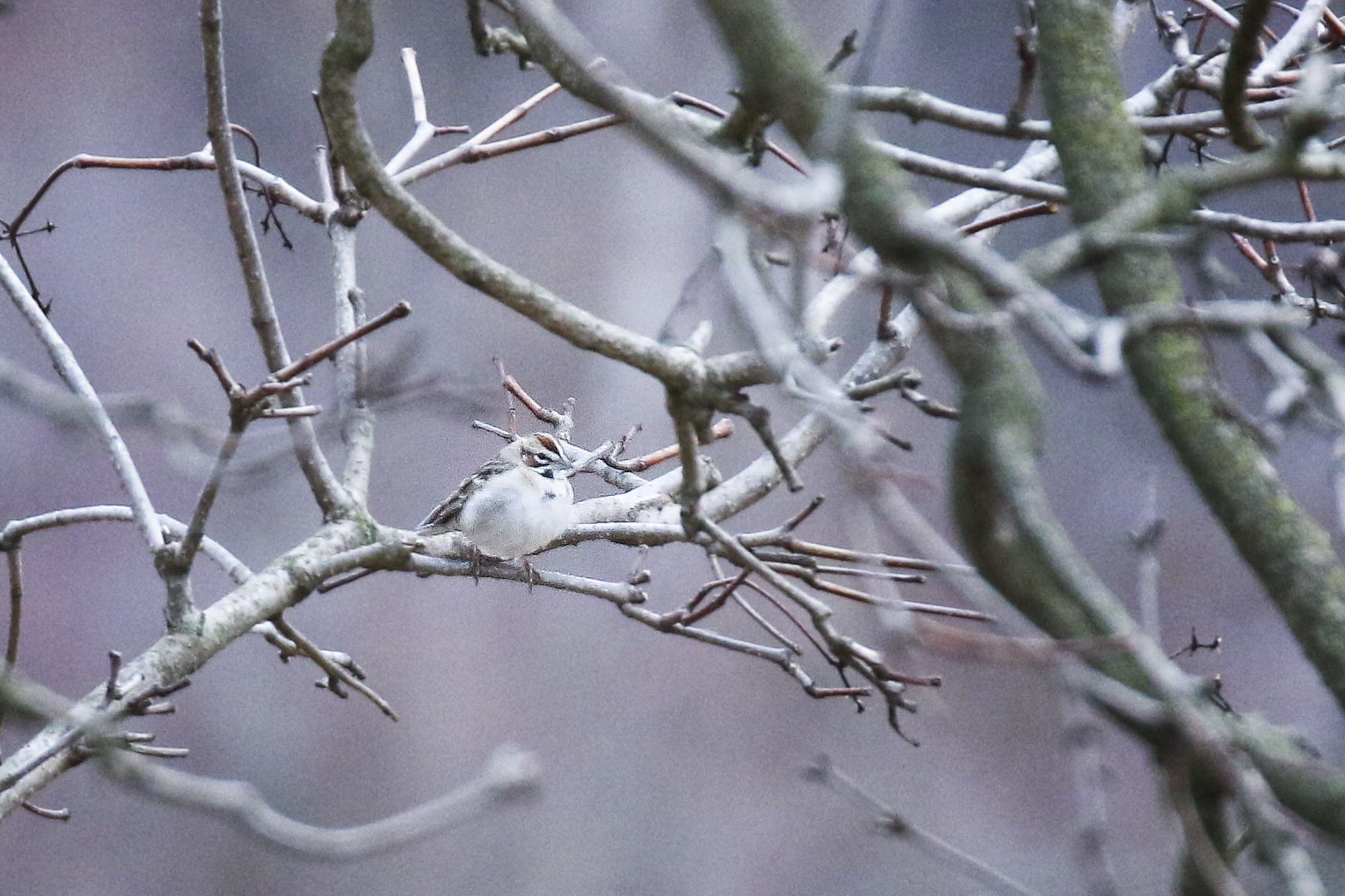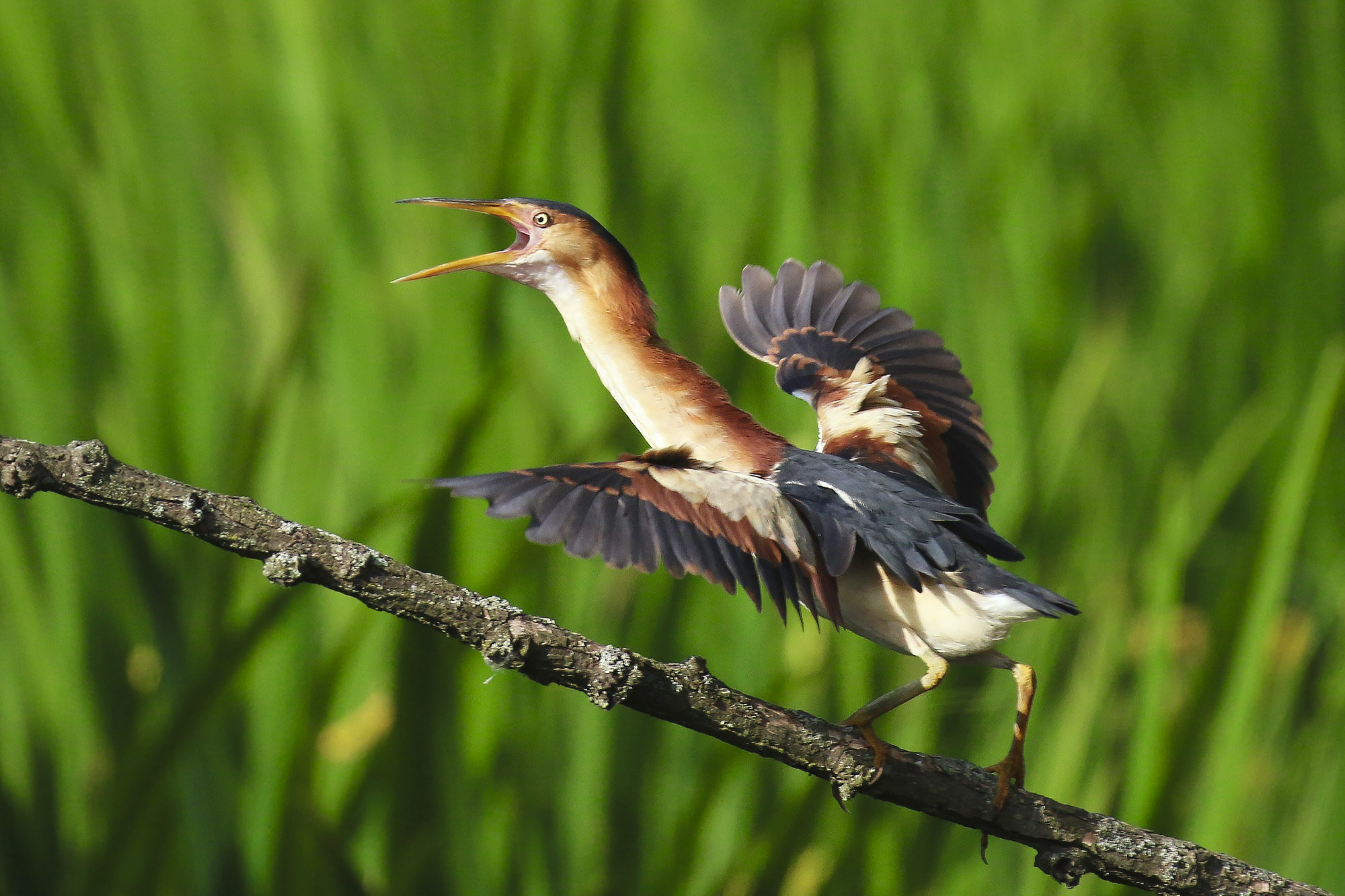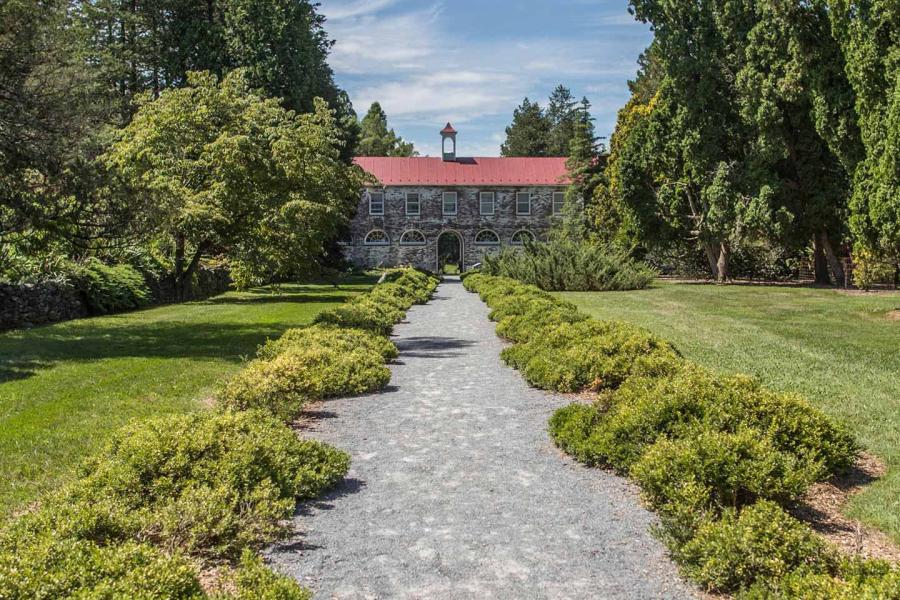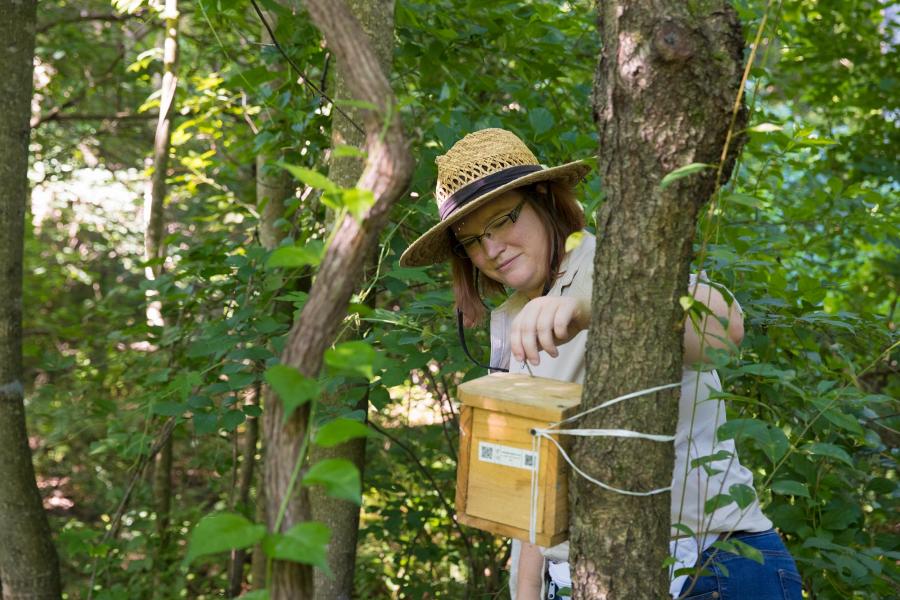According to recent news reports, stressed-out, homebound people have been flocking to birdwatching for stress relief during the pandemic. Birdseed is flying off the shelves!
But David Carr, a University of Virginia professor of environmental sciences, didn’t need a pandemic to get into “birding.” He has been observing and casually studying the creatures since the 1970s, when he was a high school student in northern Kentucky.
Carr directs UVA’s Blandy Experimental Farm, a research, education and public outreach facility in Clarke County, at the top of the Shenandoah Valley. There, he has plenty of terrain to tromp – more than 700 acres – where he can search for birds and observe their behavior. That’s what he does alongside everything else he does with his colleagues and staff – overseeing research and conservations projects, working with graduate and undergraduate students, running public outreach programs, and conducting his own research into plant and insect interactions.
